The cold season is just around the corner, and paw care for your dog is especially important. …
Dog driving licence – The licence to go for a walk?
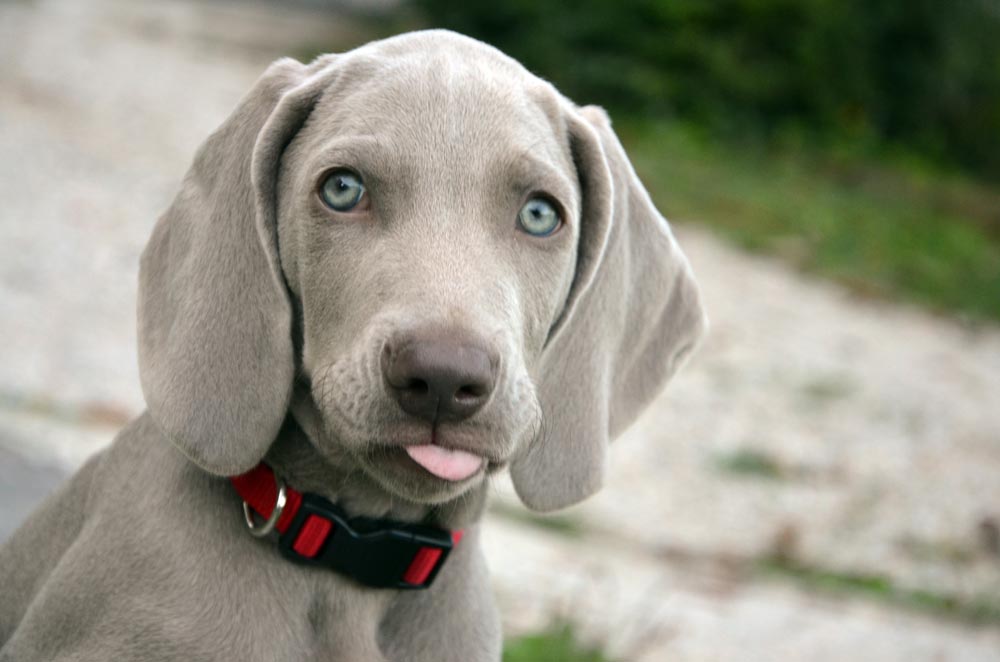
Dogs are rarely naturally aggressive. If cases of aggression occur, it is usually due to incorrect posture, violent upbringing or a misinterpretation of behavior.
Whenever a biting accident is reported in the press, calls for a dog license become louder. What is forgotten is that dogs are very rarely naturally aggressive. In many cases the reason is due to incorrect attitude and violent, aggressive upbringing. A misinterpretation of the four-legged friend’s behavior can also be the cause. What does a dog license do and what should you pay attention to?
What exactly is the dog license?
With a dog license, the dog owner acquires a certificate. An exam with a theoretical and practical part must be taken. The theoretical part consists of questions about species-appropriate husbandry, legal regulations and the appropriate handling of a dog. In the practical test, the dog and owner must pass typical everyday situations. For example, lying quietly under the table in the cafe even though the waiter or other guests come to the table. The dog should also be able to tolerate unusual movement patterns (e.g. children on scooters) when walking without a leash.
Where can the test be taken?
Associations such as the International Professional Association of Dog Trainers (IBH), the Association for the German Dog Industry (VDH) or the BHV (Professional Association of Dog Trainers and Behavior Consultants) take the dog driving license test. The costs are around €100.
Proof of expertise is mandatory in Lower Saxony.
Since July 2013, proof of expertise has been mandatory in Lower Saxony for anyone who buys a new dog. This proof is colloquially known as a dog license. However, not all authorities recognize all certificates of expertise. It is therefore advisable to seek advice from the relevant authorities.
What regulations apply in the other federal states?
There are no uniform rules across Germany, only requirements for binding proof for all dog owners. In Bavaria you only need a permit to keep so-called fighting dogs. Which dogs fall under this term can be found in the fighting dog regulations. In Berlin, stricter rules apply to all dogs if you want to let them off the leash.
What are the advantages of a dog license?
On the one hand, you gain an understanding of how well you have your dog under control. On the other hand, having a driving license offers financial incentives: There are municipalities that offer an exemption from dog tax after receiving a dog driving license. In other communities, the dog tax is at least reduced upon presentation of the dog license.
What does the dog owner have to master during the test?
The requirements vary slightly from state to state. The examinations of the various associations are also different. Approximately 35 – 40 questions must be answered on the topics of training, fear, aggression, upbringing, reproduction, health, attitude, communication, care, race and relevant law. To pass, the owner must answer at least 80% of the questions correctly.
What does the owner have to be able to do practically?
The dog driving license test is about the animal’s suitability for everyday use. Numerous situations are played out. The owner of the animal must have the dog under control so that it does not jump up on passers-by. He must also have his dog under control so that he can let him walk in public without a leash.
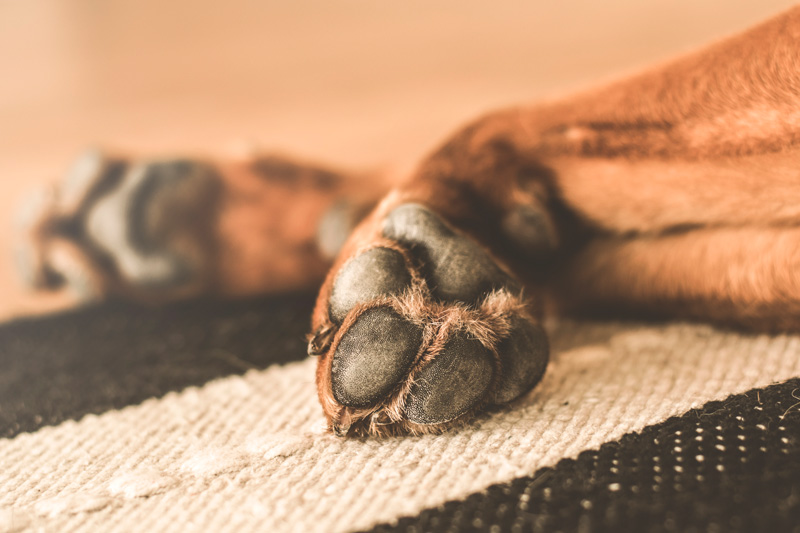
Paw Care for Your Dog
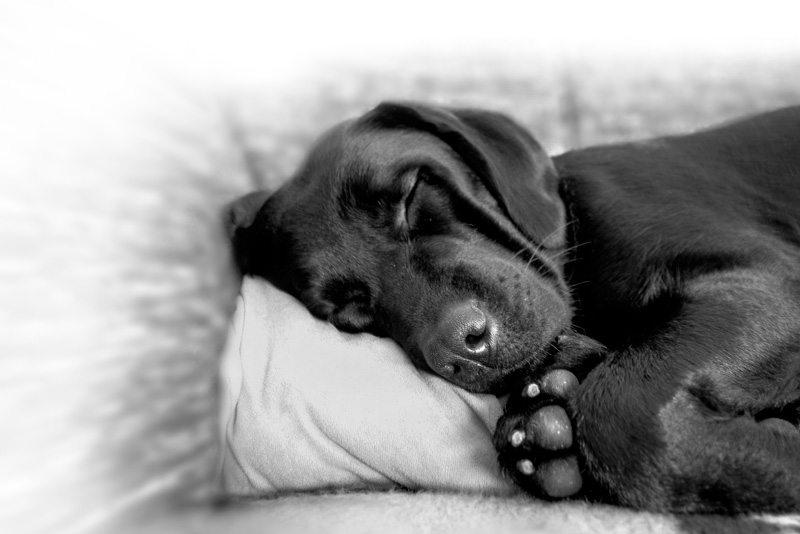
The dog’s sleeping behavior
Nothing is more calming than watching your dog sleep. Watching his sleeping behavior, how relaxed he is lying in front of you and thinking about what he might be dreaming about. …
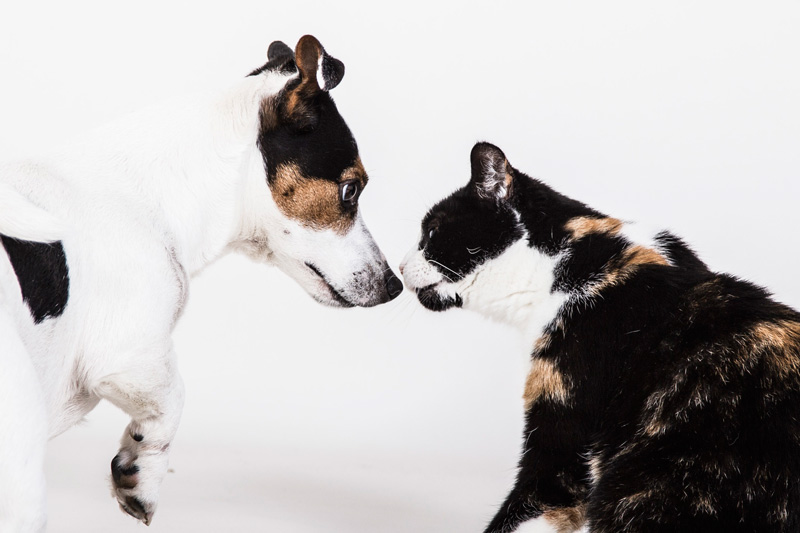
Getting dogs and cats used to each other
Despite all the prejudices and common clichés, dogs and cats can become good friends. For them to live peacefully together under one roof, they must be carefully introduced to each other. …
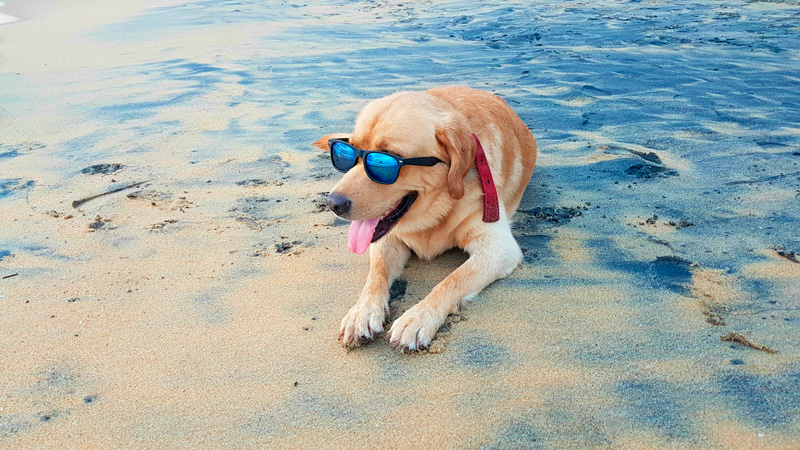
Holiday with a dog – the most important points summarized.
Finally on holiday! The best time of the year is best spent with the whole family and the dog is a must…




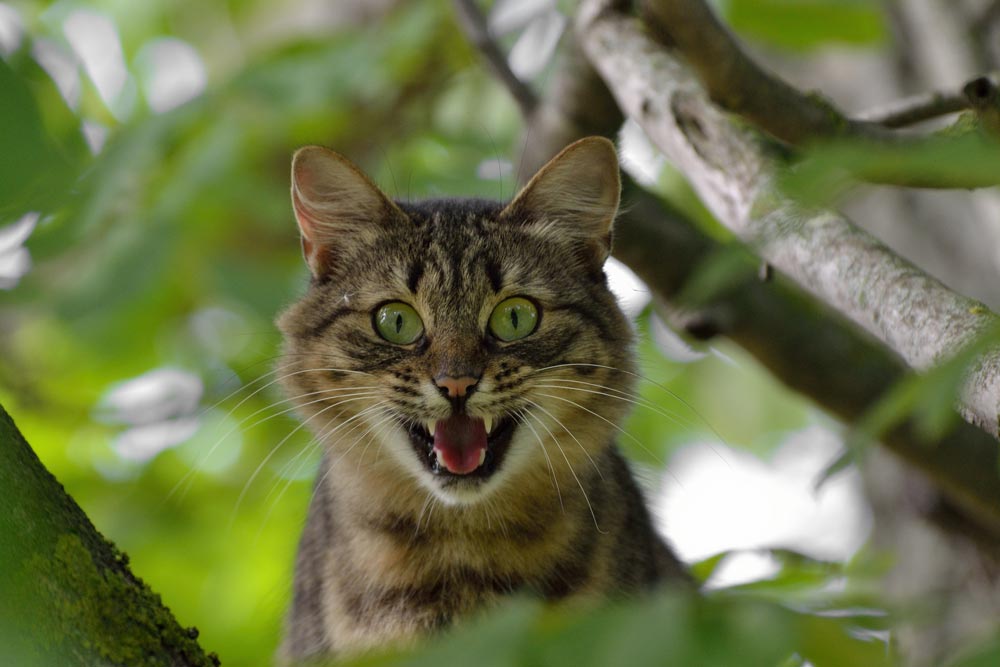

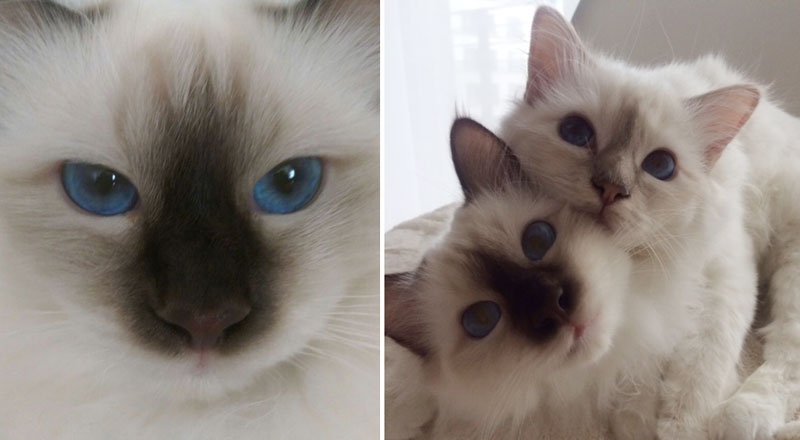
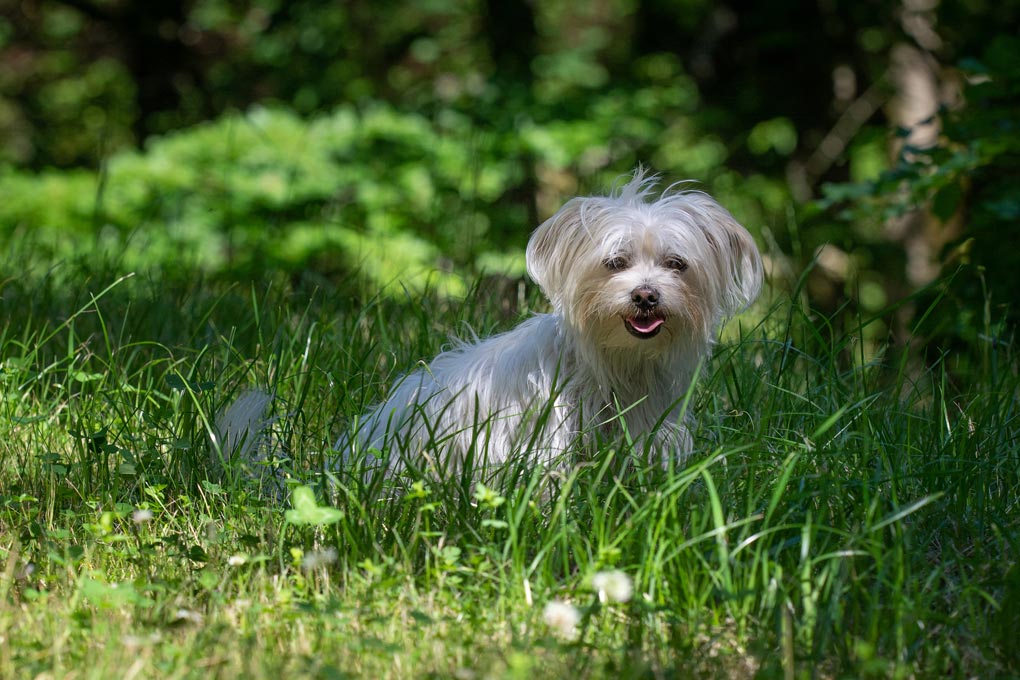
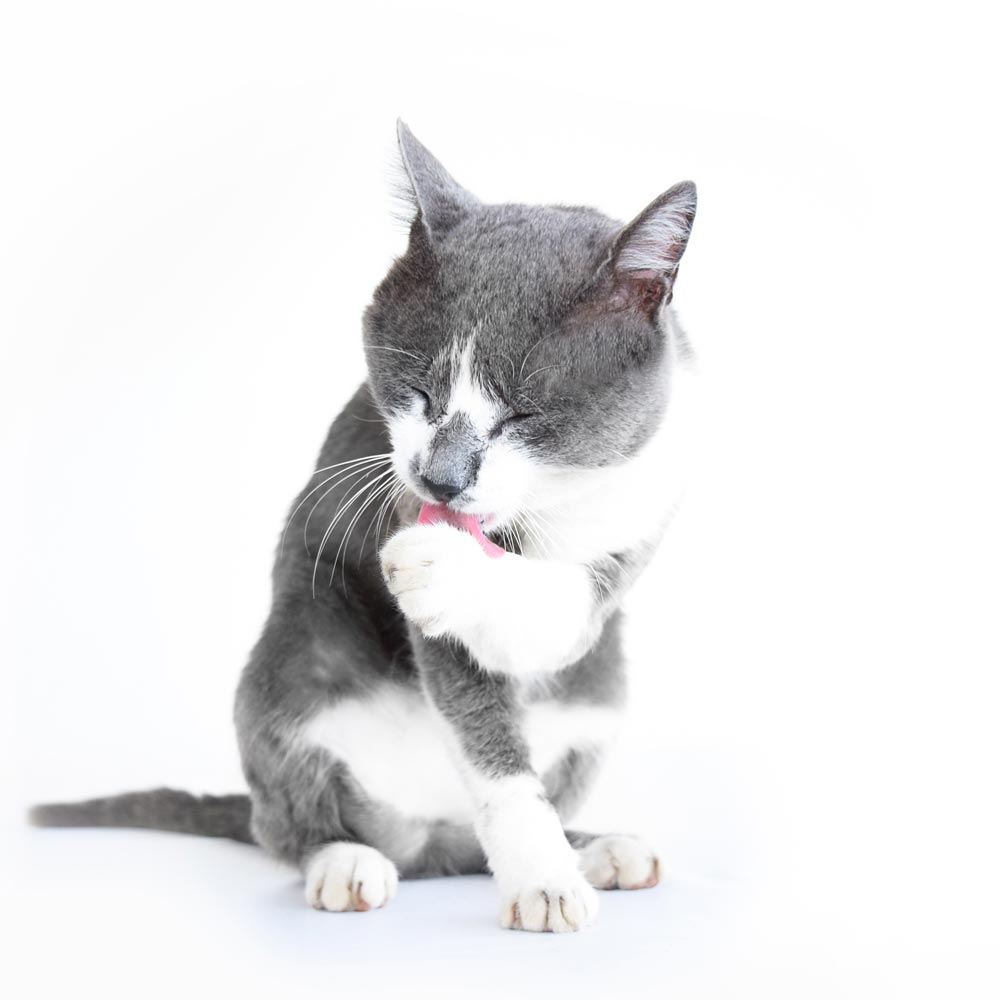

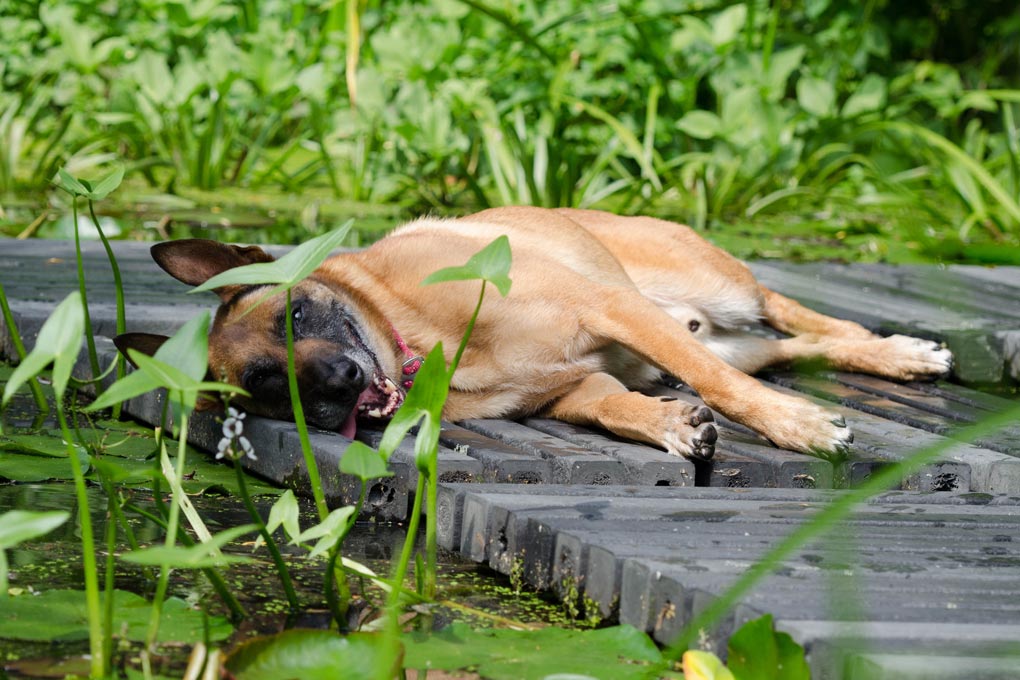
Recent Comments